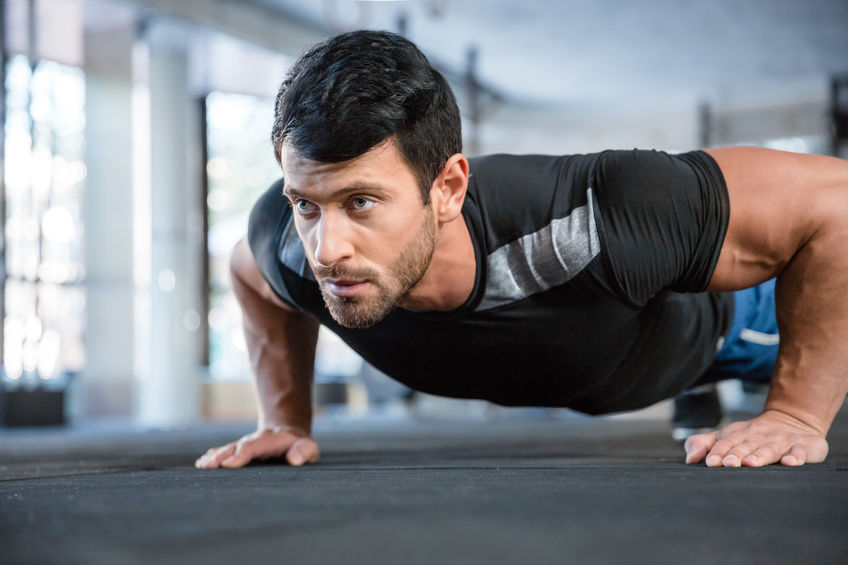By Sean Zucker –
Push-ups are one of the oldest and most iconic forms of upper body strength exercises. But just because they are well known, doesn’t mean they’re well performed. Training experts, in fact, now increasingly warn of the significant downside to screwing up this exercise.
There’s little doubt when executed properly, push-ups offer an abundance of health benefits. Medical News Today claims daily push-ups can help increase joint support, increase muscle tone and strength, and improve cardiovascular health. However, issues arise when people begin freestyling the classic routine.
Remember gym class? The standard push-up involves positioning your hands roughly shoulder-width apart, then bending your elbows and lowering yourself to the ground with elbows at about a 45-degree angle. Seems simple enough. Apparently, it’s not.
New York City-based fitness trainer Diana Mitrea identified various mistakes and remedies when speaking with The List. She claims there’s widespread misunderstanding of the exercise and goes on to note that most people don’t even know how to do a push-up correctly.
Mistakes start with hand placement. She explains that people have a tendency to place their hands too wide and too far forward, which in turn puts more pressure on shoulders and not enough on the chest and arms. This can be remedied by making sure the heel of each palm is directly under each shoulder, just slightly wider than chest-width apart.
Another common mistake she identified is ignoring the importance the spine plays in proper push-up form and underlining the need to maintain proper alignment. Misalignment will only strain the neck and do next to nothing for upper body strength. Mitrea instead advocates focusing on keeping the neck completely neutral, with eyes locked on the ground to help prevent looking up and mispositioning the spine.
People often assume your body should form a “T” shape with your arms jutting out at 90-degree angles from the body when doing a push-up. Chris Clough, an NSCA certified personal trainer, knocked this belief down quickly, noting this practice leads to flared elbows that put too much focus on the shoulders. Instead, he suggests checking your elbows to ensure they’re pointing back at roughly 60-degree angles from the body, turning the body shape into more of an arrow than a “T.” He went on to stress the importance keeping the back straight and not allowing it to sag.
Self Magazine notes that wrist and joint pain are among the common complaints that come with push-ups. Chances are if this is occurring then either the push-up form is off or exercise pacing is too fast. Beyond emphasizing the importance proper form, Self recommends slowly building speed through the use of either incline push-ups or knee push-ups until your body is fully prepared for standard push-ups. The inclined approach involves placing your arms on a bench, table or couch and extending your legs straight behind you into an elevated plank position. Knee push-ups require that your knees touch the ground to reduce resistance.
A 2011 study from the Faculty of Sports Medicine at Kaohsiung Medical University underscored Self’s warnings that joint issues are associated with incorrectly performing push-ups. Originally published in the Journal of Medical and Biological Engineering, the research investigated the impact of push-ups on elbow joints by focusing on three different performance speeds: fast, medium and slow. The study found that a faster-paced push-up often resulted in greater strain on the elbow joints, ligaments and other surrounding tissues, concluding the increased speed ups the risk of injury.
The study also showed that slower push-ups resulted in greater muscle activation, implying slower pushups are not only safer but more likely to result in improved muscle development.
The takeaway is to take it slow. Admittedly, this might not lead everyone doing one-hander push-ups like Rocky Balboa, but it will still register a lot of gain for a lot less pain.













